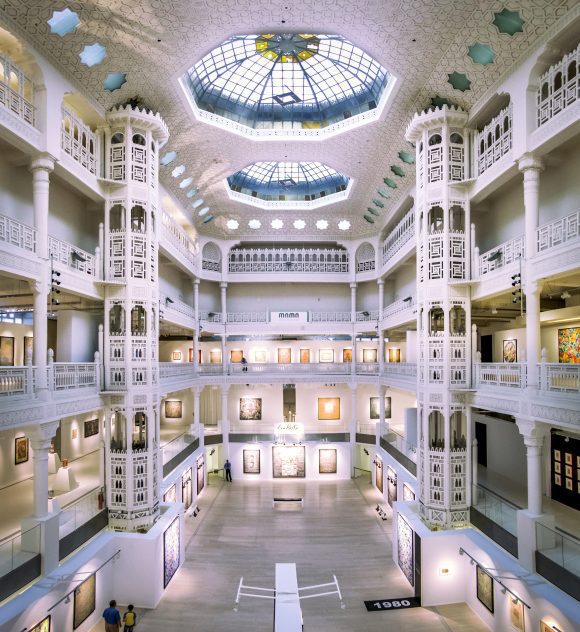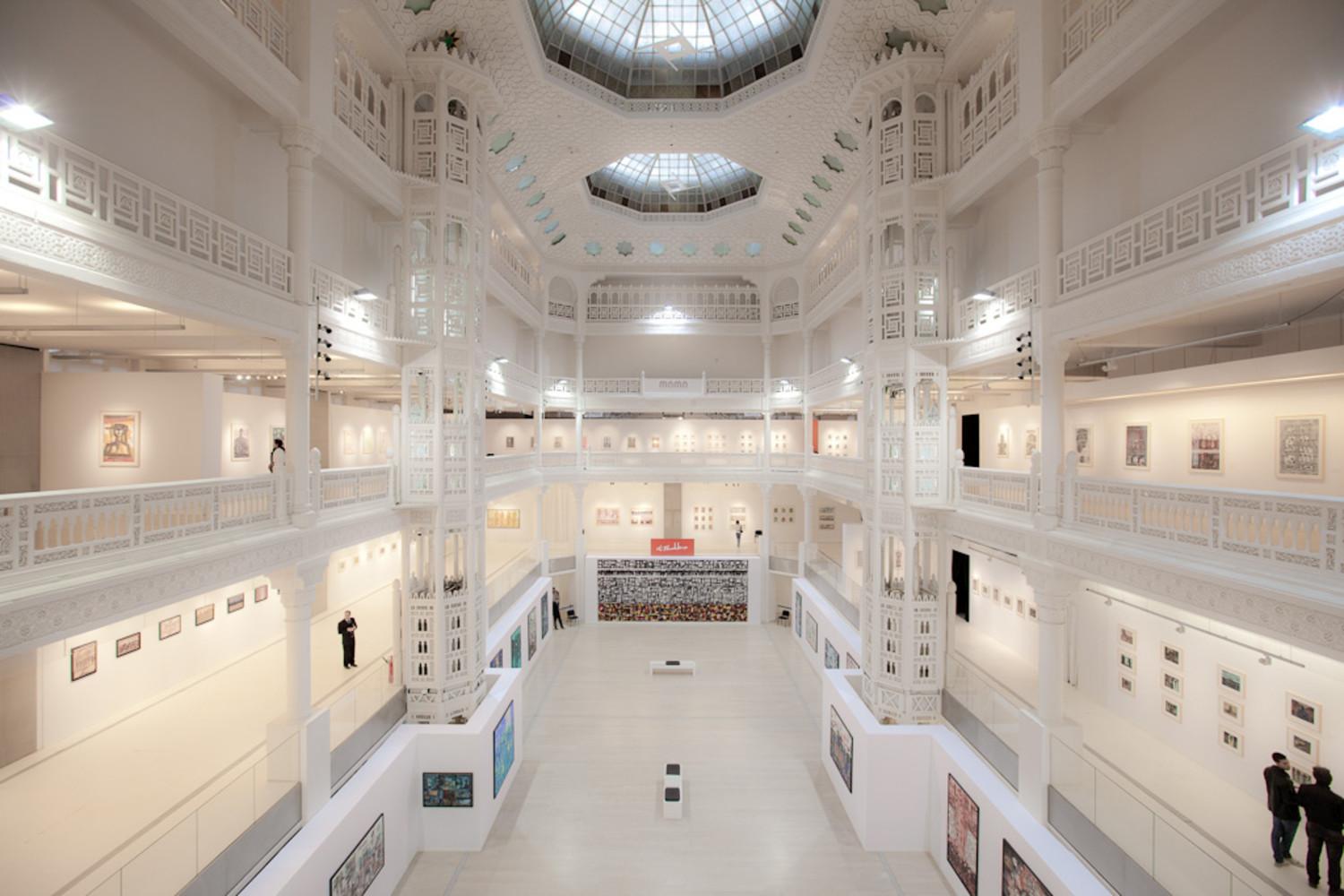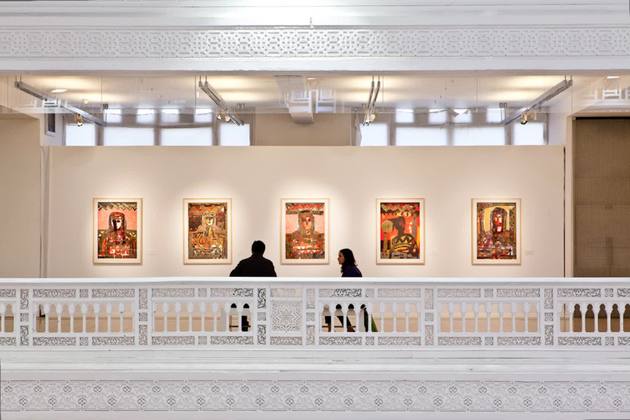 Museum of Modern Art of Algiers
Museum of Modern Art of Algiers


The Museum of Modern Art of Algiers (MAMA) opened its doors in 2007 in the Algerian capital in the former space of the Galeries Algériennes and the Galeries de France, a luxury department store, in close proximity to Algiers’ other cultural landmarks such as the Palais des Rais, the Casbah and the National Theatre.


Arguably, one of the most fascinating and significant aspects of MAMA is its location. As aforementioned, the museum is located in the former building of the Galeries Algériennes and the Galeries de France, dating back to 1909. The Henri Petit building represents neo-moorish style, which was originally conceived by Charles Celestin Jonnart, echoing a complicated colonial sentiment. Jonnart, the General Governor of Algeria, was focused on constructing a celebrated image of Algiers, claiming to protect and respect the indigenous identity. The decision to establish a museum into this space arguably carries a heavy political mark and can be seen as an act of reclaiming cultural sovereignty as it represents a direct gesture of repurposing an architectural complex originated and inherited from the colonisers. The fact that the museum resides in a former department store adds another layer of meanings to the museum work and encourages us to consider topics such as consumption, which is a particularly fruitful subject vis-à-vis contemporary art and the museum institution. Traditionally, we tend to disinfect museums from any kind of commercial activities. Yet, at the same time museums are firm players in the international art market and in many ways remind us of department stores. At museums we tend to stroll around and gaze objects and artefacts – similar behaviours form the core of our ‘shopping’ activities.
Considering the museum as a whole, MAMA also represents the capital’s and perhaps the entire state’s, too, wishes to revitalise and remobilise the centre through cultural means. This observation is supported by the fact that the museum opened as part of the festivities celebrating Algiers’ year as Arab Capital of Culture. This trend of creating museums in order to increase a neighbourhood’s or a city’s attractiveness is by no means new and the result of the so-called Bilbao effect. In the 21st century, we have witnessed a plethora of new institutions being established in the region: think of the Louvre Abu Dhabi, Doha’s Museum of Islamic Art and Marrakech’s MACAAL. In this group MAMA is unique since it is located in an older building. Usually, these new museums tend to occupy purpose-built spaces. On the contrary, MAMA represents a stark contrast to this trend, possibly signalling wishes related to cultural reappropriation.


The museum’s collection is focused on Algerian modern and contemporary art, but it also includes works from other countries, for instance Italy, South Korea and Senegal. The MAMA maintains a somewhat active exhibitionary programming, averaging around three shows each year, presenting both monographic and group exhibitions.


 Museum of Modern Art of Algiers
Museum of Modern Art of Algiers 
